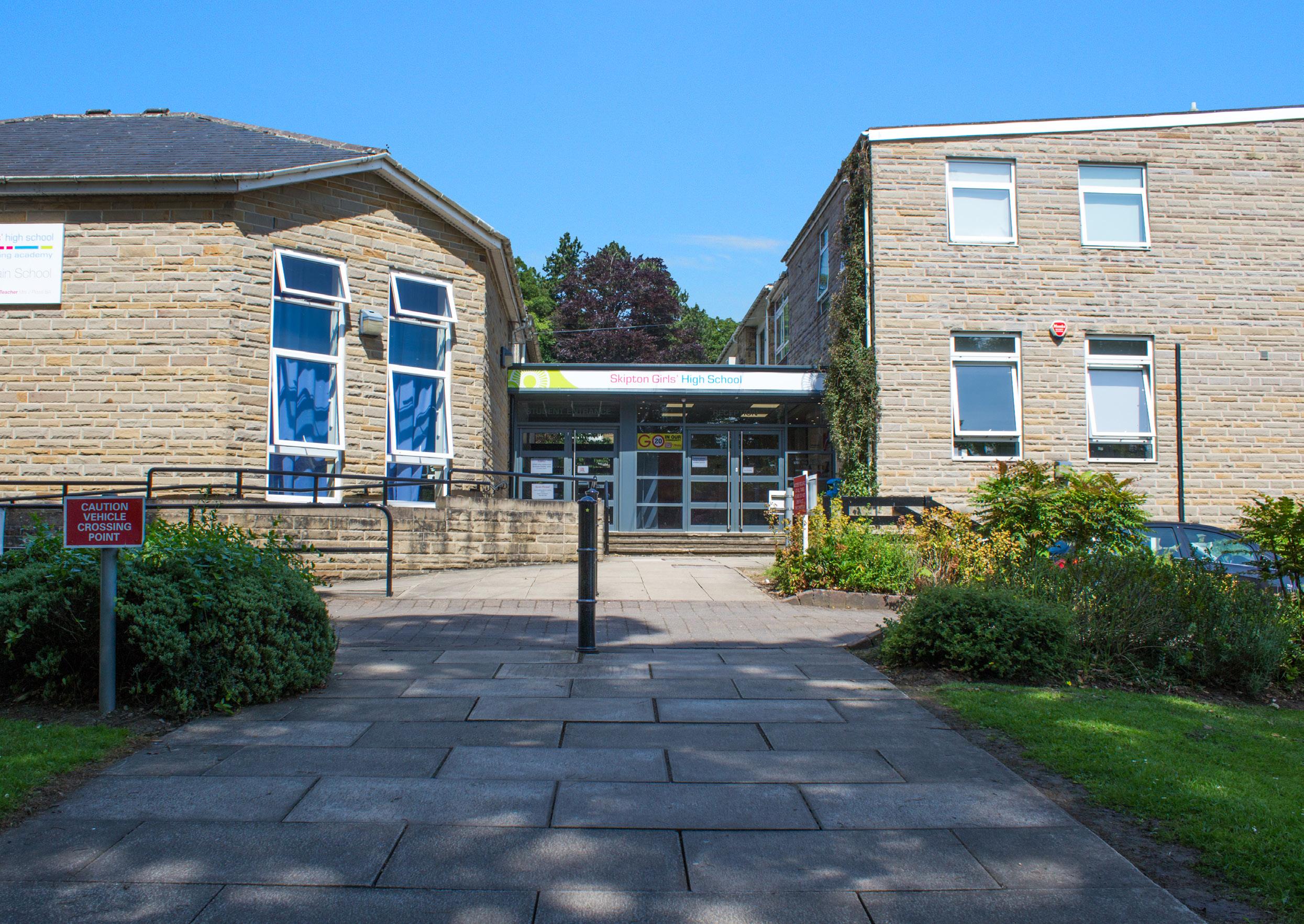
5 minute read
Effective, Time-saving Feedback Strategies for Remote Learning
Remote Learning brings significant challenges to both students and teachers. Staff and students report an increase in workload. Quality feedback that is acted upon is essential for deep, meaningful learning to occur. It simply isn’t feasible or desirable to provide a written commentary on every piece of work so here are a selection of top tips for effective feedback that will enhance student learning and improve every teachers’ ability to plan the next steps in the curriculum. Not all will work in every context but there should be something for everyone.
1
Advertisement
Verbal Feedback
If you are teaching remotely using video conferencing like Microsoft Teams, Google Hangouts or Zoom make sure you are maximising the power of verbal feedback. Directed, carefully crafted questioning can provide the teacher with rich information about the levels of understanding in the class and encourage students to deepen their knowledge. Have concepts been fully understood? If not adapt your planning for the next learning sequence. Verbal Feedback can be incredibly powerful and time effective strategy.
2
Assessment Criteria
If you are using a VLE or a Learning Platform like MS Teams you often have the option to create a set of clickable assessment criteria instead of providing individual written comments on work students upload onto the system. Even if you don’t have access to a specific platform that allows you to do this you could still use a template in Word to provide criteriabased assessment. Not only will this save you time but it should also lead to more carefully designed assessments and provide a means for students to selfimprove their work.

3
Peer Assessment
Remote learning doesn’t mean the students need feel totally isolated. Why not get them working together to collaborate on improving a piece of work? Breakout Rooms, Screen Sharing and document saving in the cloud allow students to work together in small, lower stress groups enhancing each other’s work. Why not then use a good modelling strategy, providing students with a high-level response and get them to evaluate what else they could have added to the answer. This technique can really deepen their learning.
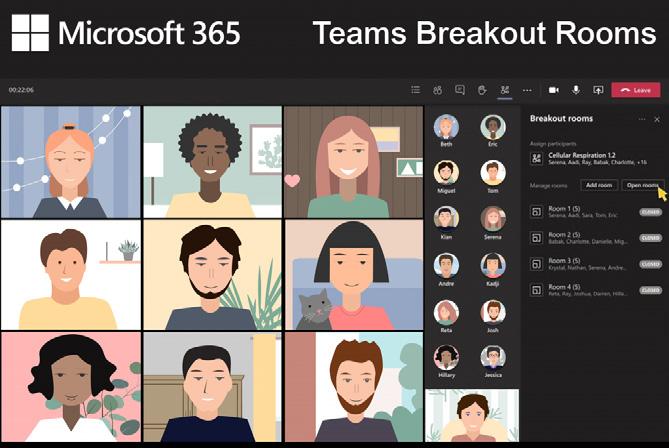
4
Multiple Choice Quizzes
Just a few well-crafted multiple choice or short answer questions can provide you with a raft of data about the level of student understanding and even allow you to understand what common misconceptions students may have picked up on. The knowledge gained should help you plan your next lesson or if used during a live lesson may help your teaching respond immediately. There are too many platforms out there to mention them all but Quizlet, Mentimeter, Socrative, Spiral, Google and Microsoft Forms, VLEs and Kahoot are just a few examples of free platforms that enable you to do this. They can even allow auto-marking. Don’t use all of these! Pick one you like and go with it.
5
Live Marking
If you are a user of something like MS Teams, Google Classroom, MS OneNote or a cloud drive and have set the students a piece of work to complete digitally in real time not everyone realises that you can actually access the document and see what students are creating in real time. It is just like being able to walk around the classroom and you can provide real time written or audio feedback as the students’ complete work. This saves time after the lessons and is incredibly responsive to student need.
6
Flipgrid
This is a fabulous tool for all ages providing the opportunity for teachers and students to record a response to each other using a webcam. Responses can be kept private so only the teacher can see them and a secure log in can be created easily. Compared to other feedback techniques it would be an especially useful way for students to share their thoughts and work at the pre-school level and give teachers a great way to maintain links with their students.

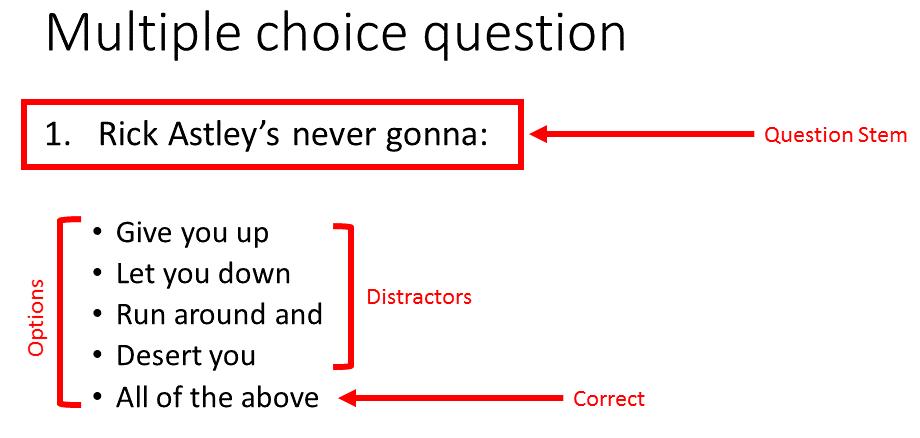
PLAY
7
Polls
Similar to multiple choice quizzes but even quicker to set up a poll using emoticons, or a quick question can provide you with evidence as to whether or not the students feel confident they understand something well and the learning can move forwards. These can easily be set up on MS Teams and other platforms during live teaching. Alternatively, why not add some statements to a group chat to gauge the level of understanding and ask students to respond.
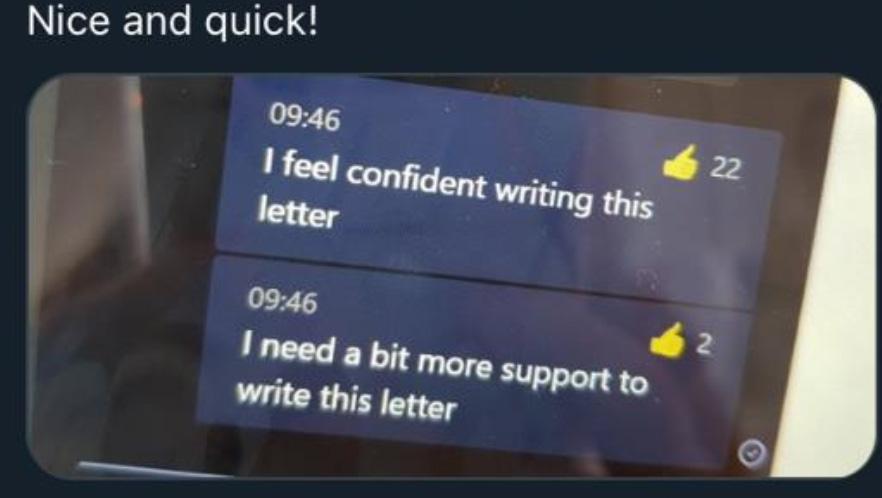
8
Written Marking
Ok, sometimes there is no getting away from it! Make sure you choose key pieces of assessment to mark in detail because it just isn’t feasible to do it all. In-line comments with opportunities for students to respond are possible on
systems like MS Teams and Google Classroom. VLEs can also provide useful ways to provide feedback and help establish parents in their child’s learning. Just make sure students act on your feedback if you’re investing so much time and effort. Consider whether you need to mark all of something. Could you focus on just one paragraph, the intro or conclusion? Could you mark for a specific purpose e.g., spellings to help manage workload?
9
Exit Cards
Online programs like Padlet or the Posting functions in Learning Platforms can allow you to quickly elicit responses from students to see what they understand just like you were using a mini whiteboard in the classroom.
10
Record Visual Feedback
Free online software such as Loom or Screencast-O-Matic can allow you to not only send verbal feedback (which can be quicker than writing) but can also allow you to draw/annotate on students work at the same time providing them with individual feedback which might offer clearer explanations and unlock their understanding. If you are able to identify common issues in students work you might be able to record a single video highlighting these to which the students can all respond.

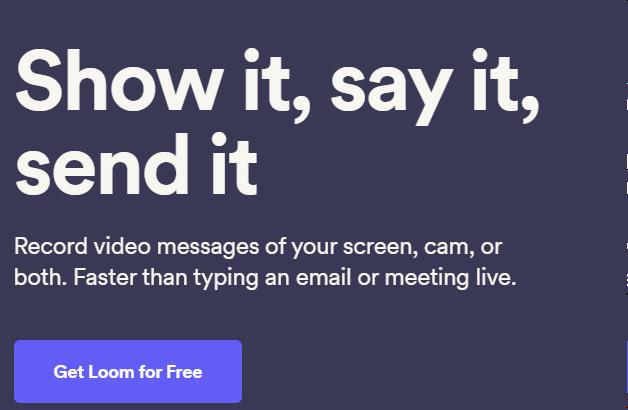
CONTACT US
If you would like to investigate these remote feedback strategies in more detail don’t hesitate to contact hoylej@sghs.org.uk to arrange a free demonstration or training session with colleagues in your school.
